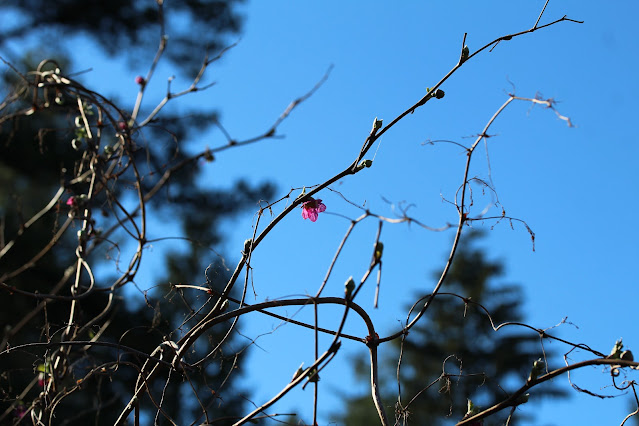Note: I wrote this earlier this year, but I thought this would be a good time to share these words.
Lori
These days, the word “capacity” frightens me. As housing and grocery costs rise, it becomes more challenging to have the capacity of time and resources for humans to care for themselves, let alone other beings, or what some folks are now calling the “more than human” beings. At the other end of the spectrum are people who have their needs met so easily, they take the function nature plays in their quality of life completely forgranted, cushioned in a bubble of privilege and narcissism. They lack the motivation, the empathy, the ethics and the capacity to care for more than human beings.
How do you build empathy in an ambivalent, troubled and even hostile environment? You nurture your own capacity for empathy to model it and share it with others. You gather a team of gentle people (Mead’s “small group of concerned citizens”) around you who mirror your passions and work towards change. Those of us who do care, often care so much we carry a burden of crushing responsibility, and push ourselves to the brink of our capacity. We care so deeply, we lie awake worrying about losing it all. We have to be careful to be gentle with ourselves and each other. We need to work together to restore and regenerate the land, and the way we live on it needs to change. Aldo Leopold said “The objective is to teach the students to see the land, to understand what they see, and to enjoy what they understand.”
Empathy starts with vision and learning to see the land. That means going to the land and walking on it in all seasons. The land is our teacher and it hold us with its own empathy and tests us with its capacity to sustain or shorten our lives. This week I had the privilege of witnessing my first rattlesnake. I heard it first, just a slight rasp that alerted something deep inside me and made my head turn toward the cryptic grey mass near the path. I backed away slowly, my heart pounding. The fear was an involuntary response, one body acknowledging the dangerous potential of a more than human creature with sharp fangs and toxin in its arsenal. But most of all, I felt a deep respect for this beautiful and ancient creature. I felt a deep appreciation of how different it was from me. The mystery of other, of the more than human qualities of this being intrigued and moved me. The experience took me outside myself, to see the land, the snake, and my heart from a distance.
I spend so many days looking downwards for bees, it’s no wonder I see a few snakes. I’ve seen three new to me species in the last two months here in the Okanagan Similkameen: rubber boa, gopher snake and rattler. This weekend a group of us went out after dark to look up. A solar storm created a show of aurora borealis that was a rare treat for folks that live south of their usual displays. We laughed and talked of constellations, satellites, and personal memories of aurora borealis. I don’t have specific memories of northern lights. I guess I’ve seen them so often in my childhood that the experiences became unhooked to specific times and places. It was good to do something social in nature looking up at the night sky shimmering with purple and blue. It was good to be outside with other people at night, just to renew a sense of wonder together, to regenerate that sense of mystery.
Whether I’m looking up or down I wonder “How many days do I have left on this earth to care for the humans I love?” How much time is left to continue the mission I have to teach people to have empathy for bees and all that they are connected to in this world? How many bee species will we lose without even being aware they ever existed? I am haunted by these questions around my own limitations and the capacity humanity has for empathy and the ability to change. I wonder, am I getting to be too old to be an idealist? Am I losing my sense of wonder and mystery? Is it becoming eroded by my inevitable slowly diminishing capacity? I don’t know, but I do still care deeply about bees and the gentle souls who care for the more than human beings and the land we are privileged to live on. Let’s go out on the land . . . and continue to build empathy and wonder together.



























%20(US%20Letter).jpg)